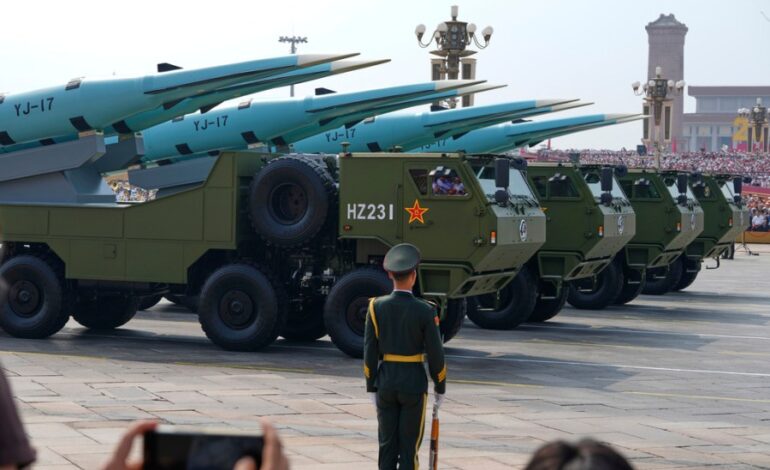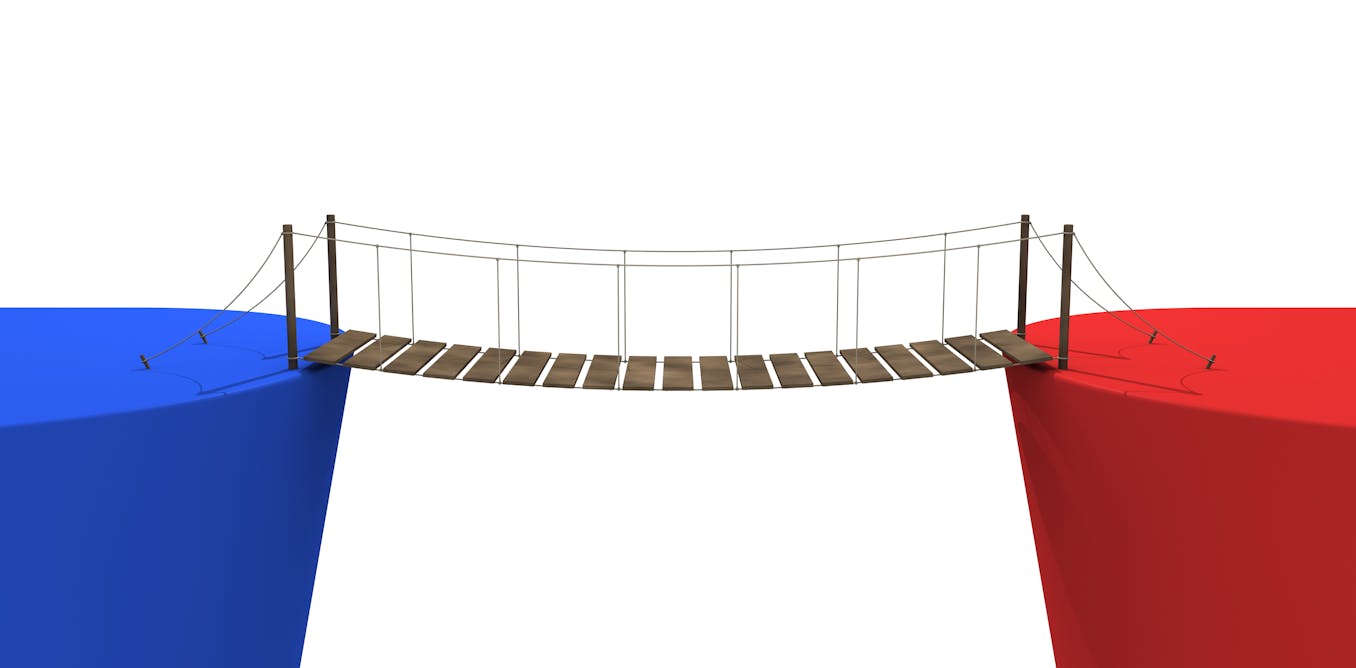U.S. Advances Hypersonic Technology Amid Defense Challenges

The United States is focusing on enhancing its hypersonic capabilities as part of a broader effort to modernize its defense systems. With the global security environment increasingly contested, hypersonic technology emerges as a critical component for effective deterrence and warfighting. However, achieving operational scale while ensuring affordability presents a significant challenge that remains unsolved.
Importance of Hypersonic Technology
Hypersonics refers to weapons that can travel at speeds exceeding Mach 5, or five times the speed of sound. This capability offers advantages in both offensive and defensive military strategies, allowing for rapid response times and enhanced strike capabilities. According to the U.S. Department of Defense, hypersonics could fundamentally alter the landscape of modern warfare, shifting the balance of power in favor of those who can effectively deploy such technology.
The 2023 National Defense Strategy highlights the necessity of integrating hypersonic weapons into the U.S. military arsenal. This strategy aims to address emerging threats from adversaries who are also investing heavily in their own hypersonic programs. The Pentagon recognizes that maintaining technological superiority is vital for national security.
Challenges in Implementation
Despite the potential benefits, several hurdles must be overcome to make hypersonic capabilities widely accessible and operational. The primary concern is the cost associated with developing and deploying these systems. Current estimates indicate that scaling hypersonic programs could require billions of dollars in funding, which raises questions about budget allocations within the defense sector.
Moreover, the U.S. military needs to ensure that these advanced systems are not only effective but also reliable. Testing and evaluation processes for hypersonic weapons are complex and time-consuming, often leading to delays in deployment. As a result, the U.S. faces a race against time to develop hypersonic capabilities before adversaries can gain a significant advantage.
In addition to budgetary constraints, the U.S. must also navigate technological challenges. Hypersonic flight involves a unique set of engineering problems, including heat management and navigation at extreme speeds. Collaborating with private sector companies and research institutions may be essential to overcome these technical barriers.
As the U.S. continues to explore hypersonic technology, it is crucial for policymakers to balance the urgency of development with careful planning to ensure that these systems remain cost-effective. The pursuit of affordability alongside capability will dictate the future of hypersonic weaponry in the U.S. defense strategy.
Ultimately, the successful integration of hypersonics into military operations could redefine deterrence strategies and enhance the U.S.’s position in an increasingly multipolar world. Ensuring that this capability is accessible and operational at scale will require concerted efforts from government agencies, military officials, and industry leaders. The stakes are high, and the path forward remains complex as the U.S. navigates this pivotal moment in defense modernization.






